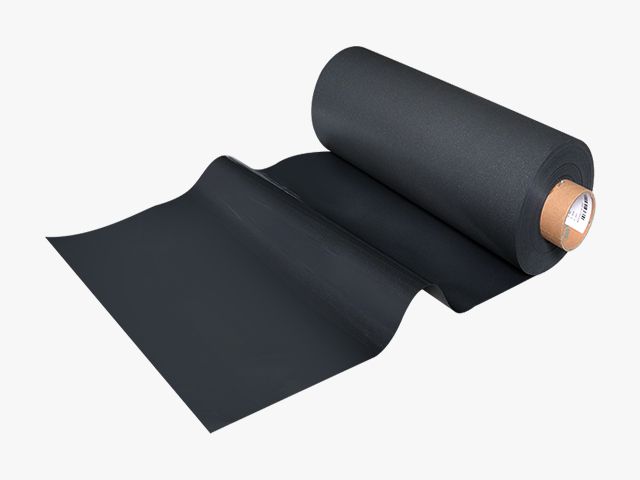Application of thermally conductive silicone foam material in automotive electronics
Silicone foam materials are widely used in new energy vehicles. Because of its inherent properties, silicone foam produces very consistent forces across a wide range of compressions, making it well-suited to support safety and reliability throughout the life cycle of new energy vehicles.

With the rise of new energy vehicles, automotive electronics have added many control systems to new energy vehicles, such as dual-mode powertrain control, battery management systems, on-board chargers, DC-DC conversion control, and more.
Automotive electronic products can generally be classified into two categories, one is automotive electronic control devices, and the other is automotive electronic devices. Among them, the former is used in conjunction with the on-board mechanical system, that is, the so-called electromechanical integrated semiconductor market application structure automotive electronic devices, including engine control systems, chassis control systems, and body electronic control systems. The latter is an electronic device that can be used independently in the car environment. It has no direct relationship with the performance of the car itself, including car information systems, navigation systems, car audio and TV entertainment systems.
Introduction and Application of Thermally Conductive Silicone Foam
Thermally conductive silicone foam mainly meets the requirements of low pressure and high compressive modulus when the product is in use. It can realize automatic production, and has good contact with electronic products when assembling, showing low contact thermal resistance and good electrical insulation characteristics. This material has some of the advantages of thermally conductive gaskets.
Thermally conductive silicone foam material has the advantages of good affinity, weather resistance, high and low temperature resistance, and good insulation. At the same time, it has strong plasticity, can meet the filling of uneven interfaces, and can meet the heat transfer requirements in various applications. It has high thermal conductivity, low compression force application, low pressure, high compression ratio, high electrical insulation, good temperature resistance and new energy, and can realize automatic use and other properties.
 |
 |



